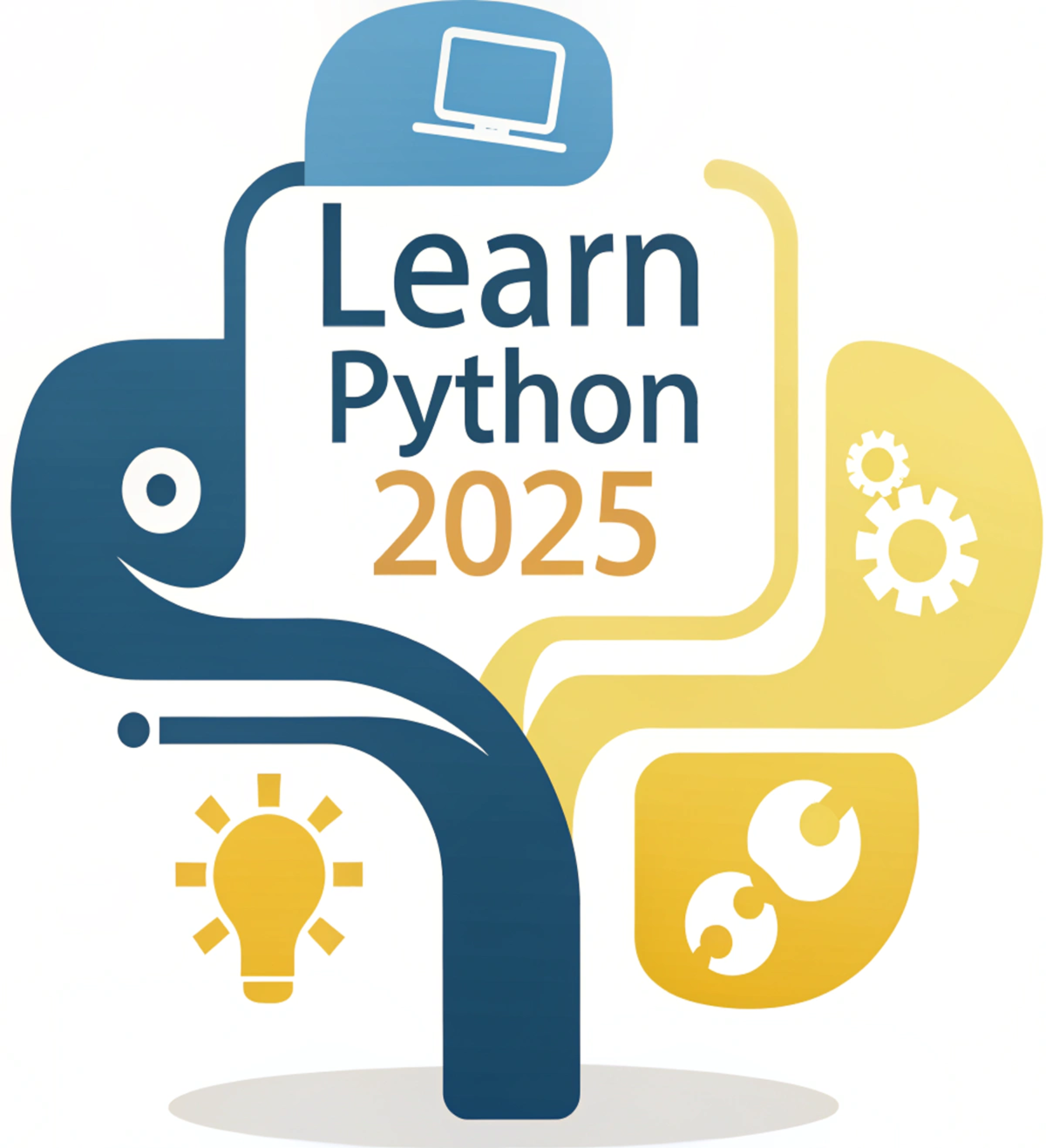
🐍 Built-in Python Functions: Essential Tools for Social Scientists
Learn how to automate your social science research with Python's 12 essential built-in functions. Transform hours of manual Excel work into minutes of efficient data processing.
Perfect for researchers and social scientists looking to streamline survey analysis, clean datasets, and generate reproducible results.
Discover how functions like map(), filter(), and zip() can revolutionize your data workflow—no advanced programming knowledge required. Includes practical examples from real social research scenarios and step-by-step tutorials.

So You Want to Learn Python? (Please Don't Start with "Hello World")
This article challenges the traditional "Hello World" approach to learning Python programming and presents an alternative, goal-oriented learning methodology.
By identifying four distinct learner profiles—the Career Switcher, the Automation Seeker, the Data Enthusiast, and the Side Hustler—it provides customized learning paths that connect directly to real-world applications.
Drawing from personal experience transitioning from anthropology to programming, the guide emphasizes practical skills over theoretical concepts, offering concrete roadmaps for each learner type.
The article includes detailed timelines, resource recommendations, and actionable steps for beginners to advance from basic syntax to professional-level Python programming, all while maintaining focus on actual project implementation rather than abstract programming concepts.
![🐍 Python and Numbers: The Definitive Guide for Social Researchers [Part 2 of 2]](https://images.squarespace-cdn.com/content/v1/67338986b9d79a68ac92b01e/1733418861076-COFKITO47CV04EXGGF73/python+numbers+%281%29.png)
🐍 Python and Numbers: The Definitive Guide for Social Researchers [Part 2 of 2]
Master Python's numerical operations for social research with this comprehensive guide. Learn essential data analysis techniques including professional number formatting, efficient calculations, and clear result presentation. Perfect for social researchers working with surveys, demographic analysis, and program evaluation.
This practical tutorial covers advanced Python operations, comparison techniques, and professional documentation standards. Each concept is explained through real social research examples, from processing survey responses to analyzing community programs. Ideal for researchers transitioning from manual to automated data analysis.
Key topics include:
• Advanced mathematical operations in Python
• Data comparison and evaluation techniques
• Professional number formatting
• Research code documentation
Save hours of manual work and improve your research quality with Python's powerful numerical tools.
![🐍 Python and Numbers: The Definitive Guide for Social Researchers [Part 1 of 2]](https://images.squarespace-cdn.com/content/v1/67338986b9d79a68ac92b01e/1733247189587-ALNOOFX4SUYCFG9Y47J6/python+numbers.png)
🐍 Python and Numbers: The Definitive Guide for Social Researchers [Part 1 of 2]
Learn how to handle numerical data in Python for social research without prior programming experience. This comprehensive guide covers basic operations, data types, and practical examples specifically designed for social scientists.
Master essential Python skills for analyzing survey data, calculating percentages, and managing research datasets efficiently. Perfect for researchers transitioning from Excel to Python for more reliable and reproducible analysis.
![🧵 First Steps with Text Strings in Python: [Part 3 of 3]: Transforming Text with Essential Methods](https://images.squarespace-cdn.com/content/v1/67338986b9d79a68ac92b01e/1732742431739-JVA10ENC0MS4J2GE2CW9/python+methods+5.png)
🧵 First Steps with Text Strings in Python: [Part 3 of 3]: Transforming Text with Essential Methods
Learn essential Python string methods for data cleaning and text processing in qualitative research.
This practical guide shows you how to automate common tasks like standardizing survey responses, cleaning interview transcripts, and processing research codes.
Perfect for social science researchers and qualitative data analysts, this tutorial covers key string manipulation techniques including case standardization, whitespace removal, and pattern matching.
Through real-world examples and hands-on exercises, you'll master Python methods that can reduce hours of manual text processing to minutes. Whether you're handling interview transcripts, survey responses, or research codes, these string manipulation techniques will streamline your qualitative data analysis workflow.
![🧵 First Steps with Text Strings in Python: [Part 2 of 3]: f-strings, Indexing, and Slicing](https://images.squarespace-cdn.com/content/v1/67338986b9d79a68ac92b01e/1732652437876-QEJ7K85F08MDKBA4PV31/f-strings+3.png)
🧵 First Steps with Text Strings in Python: [Part 2 of 3]: f-strings, Indexing, and Slicing
Master essential Python string operations with this comprehensive guide for beginners and intermediate programmers. Learn how to use modern f-strings for efficient text formatting, understand string indexing for precise character access, and master string slicing for text manipulation. Perfect for data analysts, researchers, and developers working with text processing.
Key topics covered:
Modern string formatting with Python f-strings
String indexing for character-level manipulation
Text slicing techniques for data extraction
Practical examples with real-world applications
Hands-on challenges with detailed solutions
Whether you're analyzing survey responses, processing research data, or developing text-based applications, this tutorial provides the fundamental tools you need for effective string manipulation in Python 3.6+.

Learn Python from Scratch: Your Learning Roadmap 🗺️
Learn Python programming from scratch with this comprehensive guide designed for social sector professionals transitioning from Excel.
This practical roadmap shows you how to automate data analysis tasks that typically take months in Excel, reducing them to minutes with Python. Through an 11-phase learning journey, from basic Python installation to advanced testing practices, you'll master essential programming concepts with real-world examples from social programs and NGOs.
Perfect for Excel users and non-programmers working with large datasets (200,000+ records), this guide demonstrates how to validate data, generate automated reports, and transform your daily workflow using Python.
Based on real experience in social impact measurement, each phase includes practical applications specifically designed for social researchers and program analysts.

🔄 Reinventing Myself at 40: My Journey from Social Sciences to Data Science 📊
"Reinventing Myself at 40: My Journey from Social Sciences to Data Science" chronicles the unexpected career transformation of an anthropologist venturing into the world of data science in his forties. This personal narrative explores how skills from anthropology and teaching seamlessly transferred to data analysis, challenging the common belief that humanities graduates can't transition into technical fields. Through a blend of humor and honest reflection, the post introduces a new blog dedicated to helping other social science professionals navigate their path into data science. Written by someone actively making this transition, the blog promises practical guidance in both Spanish and English, focusing on Excel and Python, while building a supportive community for career changers. This isn't just another technical blog—it's a roadmap for humanities professionals looking to reinvent themselves in the digital age.

